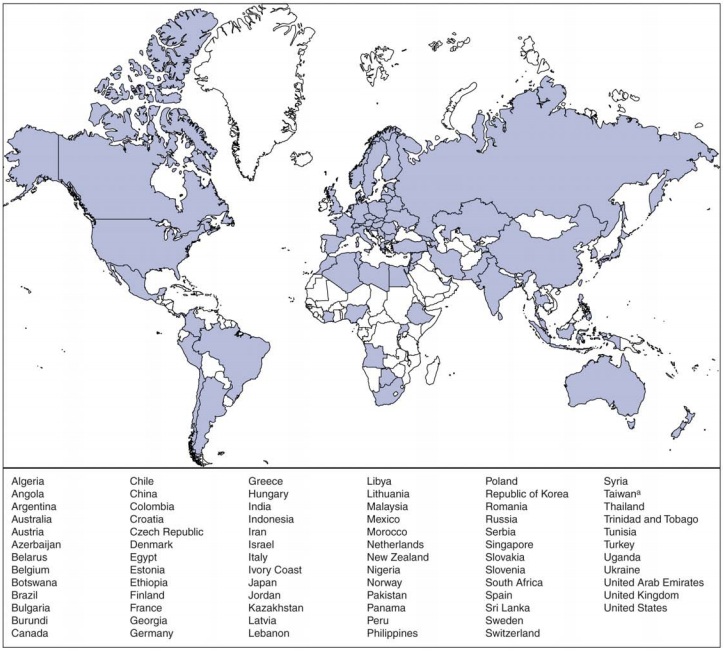Who Else Has Drones?

More on:
The Government Accountability Office (GAO) just posted an excellent report, Nonproliferation: Agencies Could Improve Information Sharing and End-Use Monitoring on Unmanned Aerial Vehicles, which I cannot recommend highly enough. A declassified version of a report provided to Congress in February, the publication assesses global trends in developing and using drones, and U.S. efforts to prevent the spread of certain drone technologies—for U.S. exports and through bilateral and multilateral diplomacy.
This report is the most useful and comprehensive assessment of who has drones, how they are being used, and how the U.S. attempts to prevent their spread that I am aware of. There are comparable products, such as the World Unmanned Aerial Vehicle Systems, Market Profile and Forecast 2012, which is in its ninth edition and produced by the brilliant Steven Zaloga. However, like similar trade association publications, it is cost-prohibitive for most researchers. For those of you who are interested in the subject, I’ve compiled the following highlights that caught my eye.
First, based on GAO analysis of open source information, the number of countries that have acquired a complete drone has steadily increased over the past eight years:
In 2004, we reported that approximately 41 countries had acquired a UAV. Our review of current U.S. export licensing data and open source materials found that this number grew over the intervening period to at least 76 countries.

Second, the United States and Israel are the predominant exporters—for now. American drone sales are constrained by its close adherence to the Missile Technology Control Regime (MTCR), a 1987 voluntary multilateral arrangement that attempts to constrain ballistic missile proliferation, cruise missile, and drone proliferation. Under the MTCR, drones capable of delivering at least a 500 kilogram payload a minimum of 300 kilometers are Category I items, for which “there will be a strong presumption to deny such transfers.” The United States has generally adhered to the MTCR, selling armed drones only to the United Kingdom, with plans to retrofit Italian Predators for weaponization.
Appendix III of the GAO report provides an overview of the largely opaque world of Israeli drone exports controls. Although Israel is not a member of the MTCR, the report finds that, beginning in 2006, Israel consolidated and elevated the importance of controlling Category I exports:
According to Israeli government and industry officials, for MTCR Category I UAVs such as the Heron TP, the Israeli government has adopted a “presumption of denial” standard. In instances where authorization is eventually given to export a Category I UAV, it is limited to MTCR member countries only.
Israeli aerospace officials often claim the restrictions are too extreme, with Israel losing out on market share to competitors. But since the second term of the Bush administration, the United States has held a veto over the export of certain Israeli defense items that contain any technology that originated in the United States.
Finally—echoing the core finding of many GAO reports—the United States does not have sufficient interagency coordination or consistent data collection to monitor drone exports:
The U.S. government approved the export or transfer of a range of complete military and dual-use UAV systems, as well as key UAV components, from fiscal years 2005 through 2010, but it has no comprehensive view of the volume of UAV technology it authorized for export. Specifically, State’s licensing database was not designed to produce complete data on the number, types, and value of UAV technology that State has licensed for export. Since State’s database organizes items by U.S. Munitions List category and subcategory, and the list has no dedicated category or subcategory for UAV technology, State lacks an effective means of querying the database to identify UAV-related licenses.
While these findings are troubling, they are not unusual. Recall the terrifying September 2011 GAO report that found there were around 16,000 kilograms of U.S.-exported highly-enriched uranium for which there was incomplete information about its location or disposition. Here’s hoping that the United States keeps the lid on the export of advanced and armed military drones, and has some way to track those that have already been sold.
More on:
 Online Store
Online Store